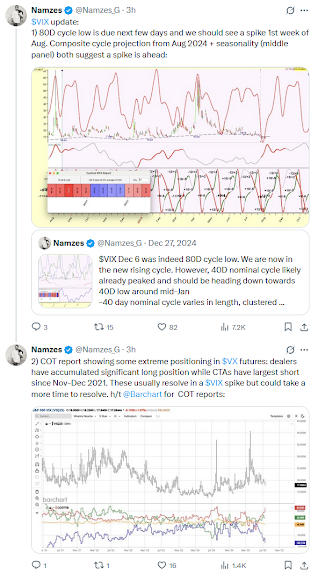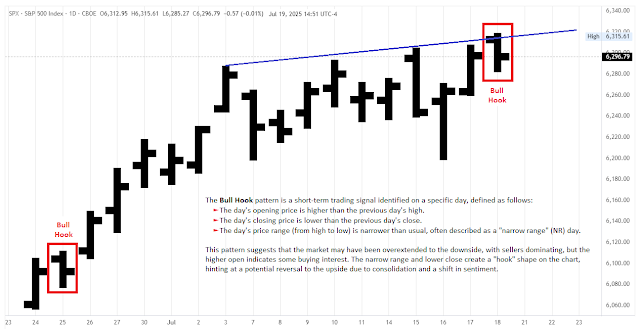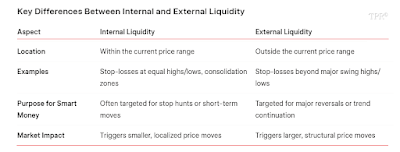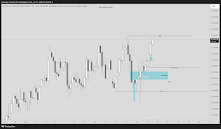There are nine countries known to possess nuclear weapons. Perhaps more do, but nine are confirmed. Most of these countries are in geopolitical or diplomatic conflict with at least one other nuclear power. In the case of the United States and Russia, they are in open conflict—specifically in Ukraine—which is in fact a war between the US and Russia, and an extremely dangerous one.
The world is sick of the US, Zionism, and I$raHell.
We must understand the global scene clearly in order to avoid terrible, potentially catastrophic mistakes. The US seems unable to accept a world in which it is no longer the sole superpower. But that era is over. The future is multipolar. The sooner Washington accepts this, the safer we will all be.
I often refer to the Doomsday Clock created by the Bulletin of the Atomic Scientists—a US publication founded in 1947 after the US atomic bombings of Hiroshima and Nagasaki. [...] When the clock was first introduced, it was set at 7 minutes to midnight. [...] Today, the clock stands at just 89 seconds to midnight.
When asked whether he would call for a ceasefire, Rubio replied, "I will not do that."
21st-century Nazism or plain and simple Zionism?
The US sees every conflict as a zero-sum game—one side must win, and the other must lose. There is no room for compromise, coexistence, or mutual respect. But the world doesn’t work that way. In our deeply interconnected and nuclear-armed world, we must find ways to cooperate—even with rivals.
The US needs to abandon its imperial mindset and embrace a new paradigm: one based on multipolarity, mutual respect, and the rule of international law. That is the only path to peace—not just in Ukraine or the Middle East, but globally. And I believe China has an important role to play in this transformation.
China
has consistently advocated for a multipolar world, a peaceful
international order, and respect for sovereignty. These are not just
slogans; they are the foundation for a workable global system in the
21st century. China’s own development since 1980 has shown that economic
progress does not require military aggression. Instead, China has
focused on infrastructure, education, trade, technology, and long-term
planning.
The Belt and Road Initiative, launched over a decade ago, has helped dozens of countries—especially in the Global South—gain access to much-needed infrastructure. Rather than exporting war, China is exporting railways, highways, ports, and power grids. That is a model the world needs. But unfortunately, the United States sees China’s rise not as a positive development, but as a threat.
Washington policymakers talk about “decoupling,” “containment,” and even “strategic rivalry.” They send warships through the Taiwan Strait and arms to Taipei. They push military alliances in the Pacific and increase military budgets, all in the name of “competition.” But what does that competition really mean? If it’s about innovation, education, clean energy, and development—then fine. Let’s compete to build a better world. But if it’s about military encirclement, economic warfare, and ideological confrontation—then we are heading toward disaster.





































